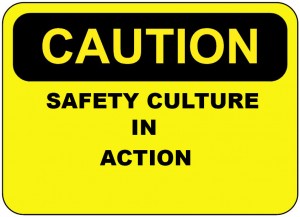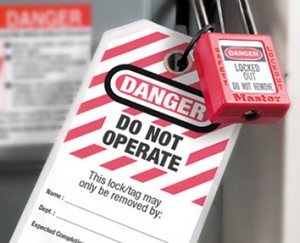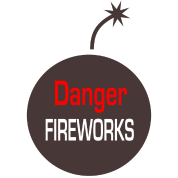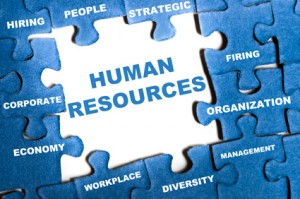 Stepladders range in size from 3 ft. to 20 ft in length along the side rail. Stepladders shorter than 3 ft are considered Step Stools. The highest standing level on a stepladder is slightly more than 2 ft from the top of the ladder. The highest standing level is required to be marked on the specifications label on the side rail of the product. Therefore, when planning your job, the maximum work height is established by adding the user’s height and reach to the highest standing level of the stepladder.
Stepladders range in size from 3 ft. to 20 ft in length along the side rail. Stepladders shorter than 3 ft are considered Step Stools. The highest standing level on a stepladder is slightly more than 2 ft from the top of the ladder. The highest standing level is required to be marked on the specifications label on the side rail of the product. Therefore, when planning your job, the maximum work height is established by adding the user’s height and reach to the highest standing level of the stepladder.
Proper Use
- A Stepladder requires level ground support for all four of its side rails. If this worksite condition does not exist, a stepladder should not be selected for the job.
- A Stepladder must not be used unless its base is spread fully open and the Spreaders locked. Stepladders are not to be used as Single Ladders or in the partially open position.
- In order to prevent tipping the ladder over sideways due to over-reaching, the user must climb or work with the body near the middle of the steps. The ladder should be set-up close to the work. Never attempt to move the ladder without first descending, relocating the ladder, and then re-climbing. Do not attempt to mount the ladder from the side or step from one ladder to another unless the ladder is secured against sideways motion.
- In an effort to avoid losing your balance and falling off the stepladder, the user must not step or stand higher than the step indicated on the label marking the highest standing level. The user must also not step or stand on the Top Cap or bucket/pail shelf.
- When ascending or descending the ladder, always face the ladder and maintain a firm hand hold. Do not attempt to carry other objects in your hand(s) while climbing.
- The braces on the rear of a stepladder are not intended for climbing or standing and must not be used for that purpose. Note, however, that special stepladders are available with steps on both the front and rear and are intended for two users at the same time.
- The anti-slip feet at the bottom of the stepladder side rails must be present and in good condition prior to using the ladder. The ladder must not be used on ice, snow or slippery surfaces unless suitable means to prevent slipping is employed.
- A stepladder must never be placed upon other objects such as boxes, barrels, scaffolds, or other unstable bases in an effort to obtain additional height.
via Stepladders.









